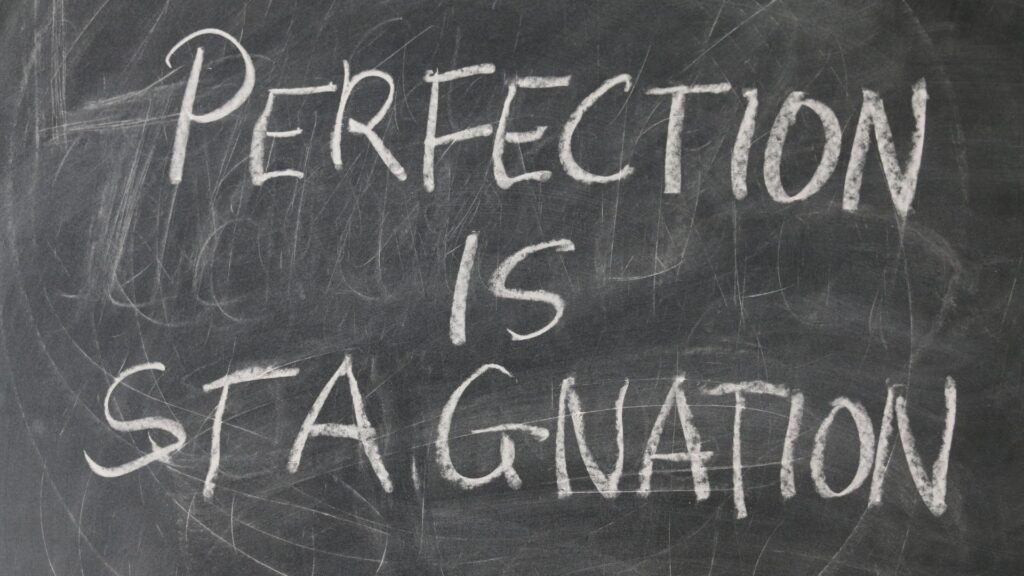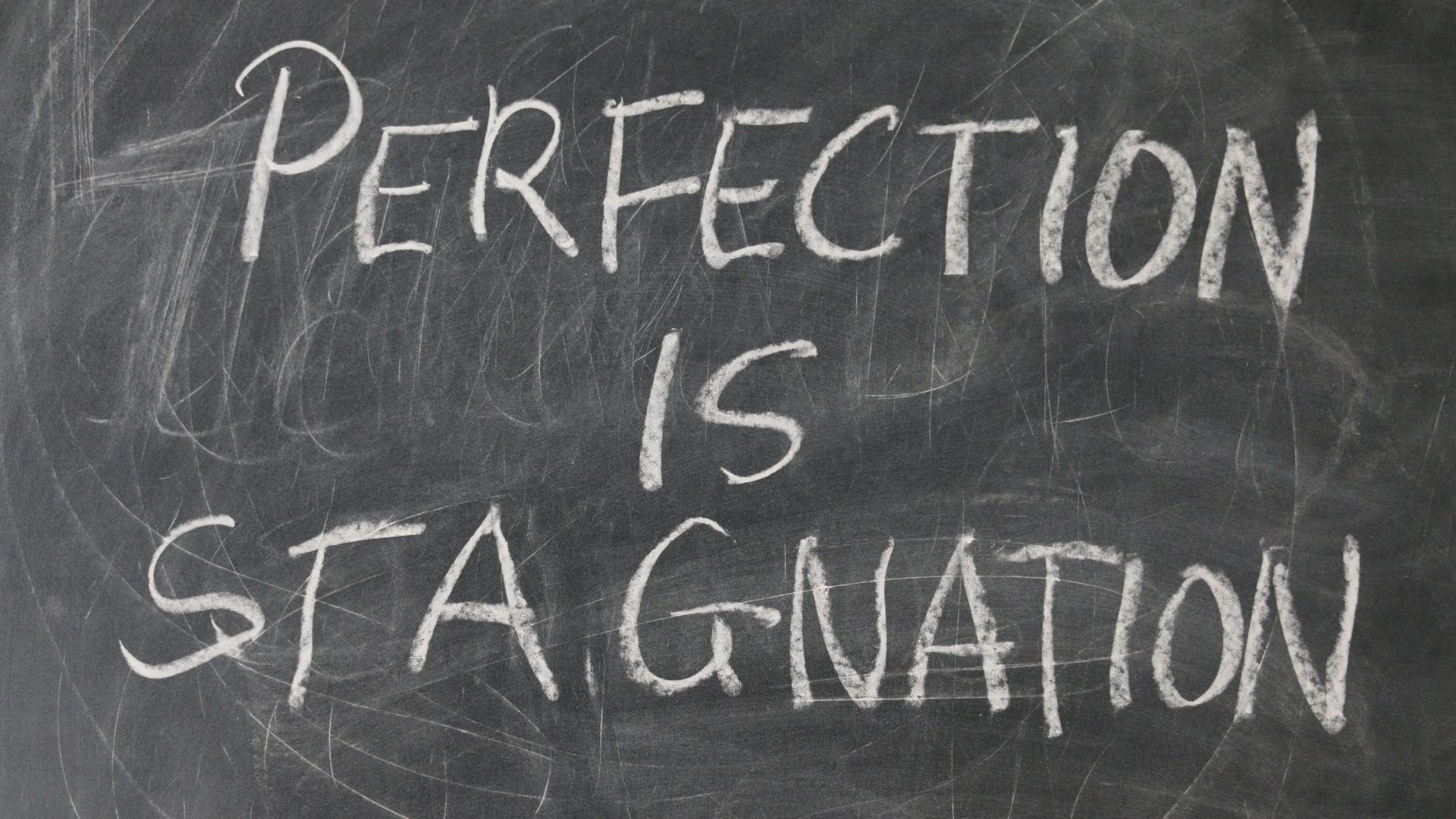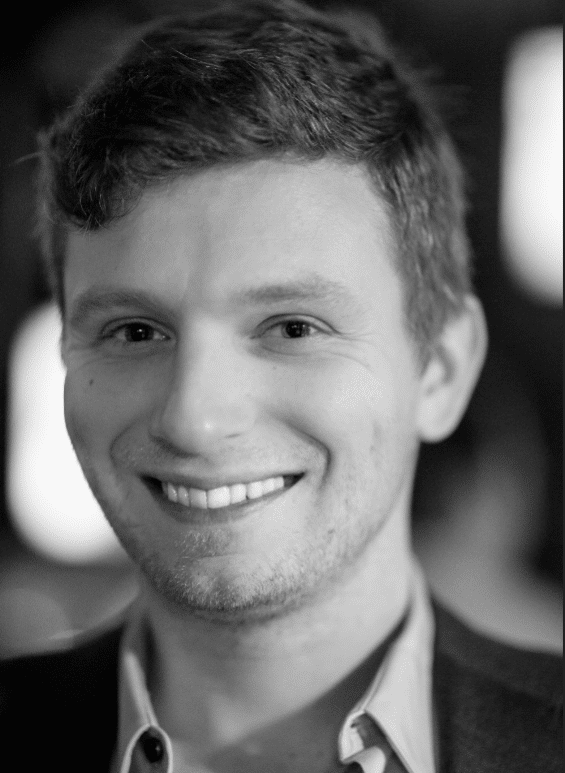
“Progress over perfection” is a frequent mantra used in goal setting. It emphasizes consistent improvement rather than the pursuit of flawless results. Progress vs. Perfectionism is important to understand because it communicates that you can’t have both. Navigate Progress vs. Perfectionism With an Executive Function Disorder.
What’s the Connection Between Perfectionism and Executive Function?
Perfectionism often involves high standards or near-impossible achievements. While the intent behind perfectionism is to do your best, it can backfire: all the pressure to get everything right can leave you feeling uncertain about what to do.
Unfortunately, people with executive function disorders are more inclined to hold themselves to exceptionally high standards or criticize their own work. OCD and other forms of neurodivergence are often accompanied by fixation on details and anxiety, key elements of perfectionism. They can also lead to fixations on pre-conditions necessary for tasks, leading to task paralysis.
Perfectionism often happens subconsciously, but once you recognize it, there are ways you can break free from perfectionism and use your detail-oriented nature to your advantage, both in your career and elsewhere.
How to Visualize Your Progress
If you’re concerned about perfectionism affecting your performance in the workplace, the solution lies in shifting your focus to progress. Here are some simple strategies you can use to think more about progress, not perfection.
1. Prioritize Goals
A long list of tasks can be so overwhelming that it prevents people from just getting started. By taking the time to prioritize your to-do list, you’ll know exactly where to begin. Use the Eisenhower Matrix, which breaks tasks up into four boxes based on urgency and importance:
- One box is for tasks that are both urgent and important and therefore call for your immediate attention.
- The next is for tasks that are important but not urgent and can therefore be scheduled.
- The third is for less important yet urgent tasks, which should be delegated.
- Finally, non-urgent and unimportant tasks can go ignored, at least for now.
2. Break Goals Down Into Milestones
Once you have your most important goals laid out, consider what it will take to achieve them. There are likely multiple steps involved, so write them down and think of them as milestones that contribute to the larger goal. You can write a list and assign dates, or even put individual deadlines into a calendar or task management app. Work backward to create tentative due dates based on the final project deadline. And remember to mark items as complete so you can see the progress you’ve made.
3. Work in Short Bursts
While it may be tempting to fill your entire workday with productive time, this approach is unrealistic and will lead to burnout. Try instead to concentrate fully on a task for a defined period of time, then give yourself a brain break. You might get up and take a walk, refill your water bottle, or grab a quick snack.
The Pomodoro Technique is one variation of the approach and involves 25-minute work blocks followed by 5-minute brain breaks. You may need to experiment to find a cadence that works for you, but try to maintain a similar work/break ratio.
4. Celebrate Small Wins
As you check off each milestone, celebrate the task’s completion as a win. Take the time to visualize this progress towards your goals and recognize how your efforts are contributing to consistent successes.





